
Had lunch with Barbara Banke of Jackson Wine Estates today. Barbara, wife of Jess Jackson (who pulled out of the gig because of negotiations surrounding a race horse, his new hobby), is fully involved in running Jackson Wine Estates, and communicated the story behind Kendall Jackson very effectively. As usual, I'll write up the interview and tasting in full soon, but here's a taster.
Kendall-Jackson began life 25 years ago as a leisure pursuit. 'Jess and I started the winery for relaxation', says Banke – they were both busy attorneys whose work was driving them a bit crazy. 'We bought a small property in Lake County and were going to sell the grapes', she recalls, but when selling the grapes proved tricky in 1982 they decided to make some wine.
The first wine was from eight cool climate coastal Chardonnay vineyards, and when the ferment of one of these stuck, the wine was blended in with the rest to create a slightly sweet Chardonnay that American consumers just loved: it got written up well and sold out in six weeks. KJ decided to stick with this style – a Chardonnay with a little residual sugar, and it proved to be a winning formula.
Of course, the high residual sugar style of Chardonnay isn't universally acclaimed, and you get the distinct impression that to this day KJ squirm a bit whenever the term 'residual sugar' is uttered by journalists. The current Chardonnay is made in a less sweet style, but there's still some residual sugar there, although no one I asked seemed to know how much, and the technical fiches don't disclose it.
The success of the Vintner's Reserve Chardonnay was the beginning of a steady growth, to the extent that KJ are now one of the largest players in the Californian wine scene.
But KJ have taken their business in a direction that's rather different from that of the rest of the wine industry. They are a big producer – depending on who you listen to they make between 3.5 and 4.5 million cases of wine each year – yet they make everything from estate-grown fruit. This contrasts strongly from the current situation where large publically listed wine companies divest themselves of capital-hungry assets such as vineyards in the quest for a better return on investment.
No short-cuts are taken in the winemaking: the Vintners Reserve Chardonnay, their big seller, is 80% barrel fermented, and no oak chips or staves are used. To satisfy their huge demand for barrels, for the last 10 years they have owned a stave mill in the Vosges forest of France.
Not only have vineyards been acquired – the current total stands at around 14 000 acres – but Jess and Barbara have also been buying up wine estates. They own 25 of them, mainly in California, but also stretching to Europe, Australia and South America. 'Essentially, we are collectors of these little vineyards', says Banke.
With lunch we tried several wines. The KJ Vintner's Reserve Chardonnay 2005, which retails at $12-15 in the USA, impresses, with plenty of weight allied with some freshness. It's unashamedly Californian in style. The Grand Reserve Chardonnay 2004 hails from Santa Barbara, and is a bit weightier and richer, with toasty complexity – nice stuff in a full flavoured style. A Hawkeye Mountain Cabernet Sauvignon 2003 comes from a mountain vineyard in the Alexander Valley of Sonoma, and has lovely savoury, tannic structure supporting vivid fruit. This really impressed. The 1999 Stature Cabernet Sauvignon from Mount Veeder in Napa was supremely elegant and ageing very nicely. Serious stuff. La Crema Pinot Noir 2005 from Carneros is fresh and cherryish with nice expressive fruit, while the Hartford Court Land's Edge Pinot Noir 2005 from a subregion of the Russian River Valley is a step up, with lovely clarity of pure red fruits – it should age well. Verite La Muse 2002 is Jess and Barbara's wannabe Petrus, and this is a serious effort: the Merlot-dominated blend from Sonoma County has clarity, focus and a nice mineral core. Not a heavy wine at all. Moving to St Emilion, the Chateau Lassegue 2003 is a wine that has overcome its vintage handicap and is actually pretty elegant and fresh, although the tannins do clamp down a bit hard on the finish. Finally, the Lokoya 2003 Diamond Mountain Cabernet is in a different style altogether. It's big, with 14.9% alcohol and lots of fruit, but the fruit never runs away with the wine: it is held in check by lovely spicy minerality. Pretty serious stuff in this forward style, and it should age well. Quite a portfolio.
Labels: Cabernet Sauvignon, california, Chardonnay, merlot
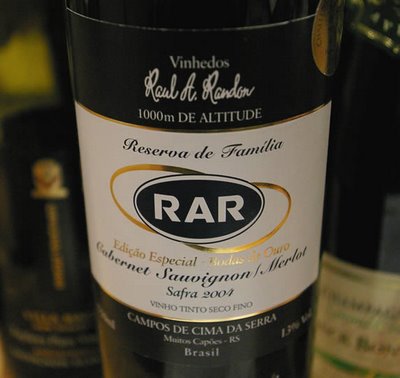 Two Brazilian wines. Brazil grew its wine production by a quarter in 2007 and is now the fifth largest producer of wine in the southern hemisphere. With 88 000 hectares under vine and a production more than a third of Chile’s, this is clearly a serious industry, but one that’s virtually unknown in the UK. [More information can be found on the useful http://www.winesfrombrazil.com/ website.] The first of these wines was world class, the second pretty good – and I’ll certainly be keeping an eye out for more Brazilian wines in the future.
Two Brazilian wines. Brazil grew its wine production by a quarter in 2007 and is now the fifth largest producer of wine in the southern hemisphere. With 88 000 hectares under vine and a production more than a third of Chile’s, this is clearly a serious industry, but one that’s virtually unknown in the UK. [More information can be found on the useful http://www.winesfrombrazil.com/ website.] The first of these wines was world class, the second pretty good – and I’ll certainly be keeping an eye out for more Brazilian wines in the future.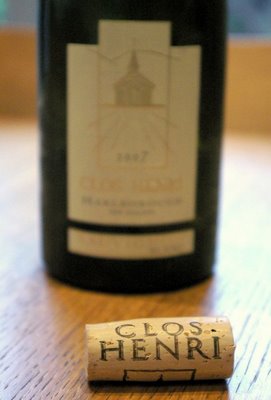
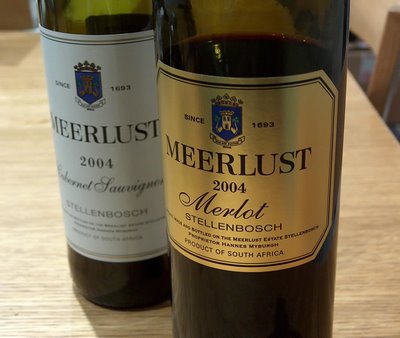
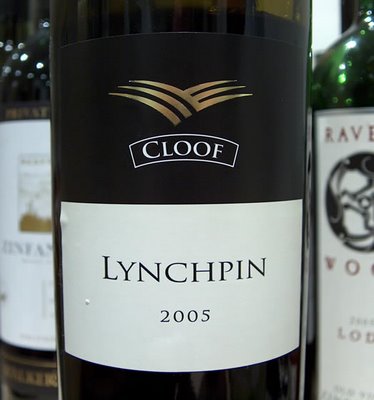
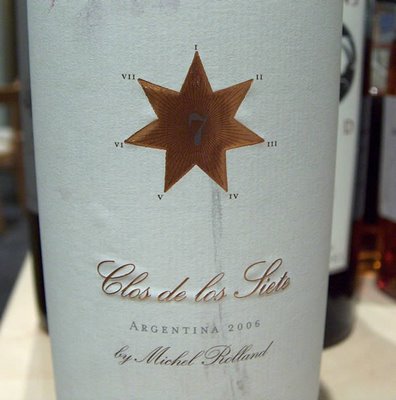
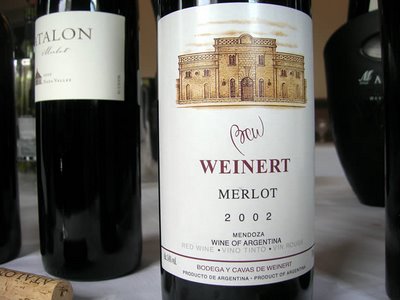
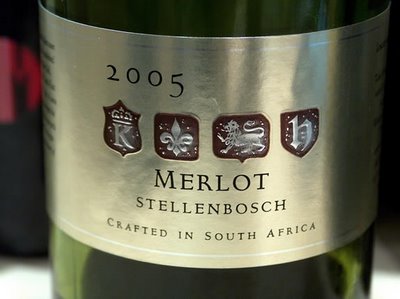
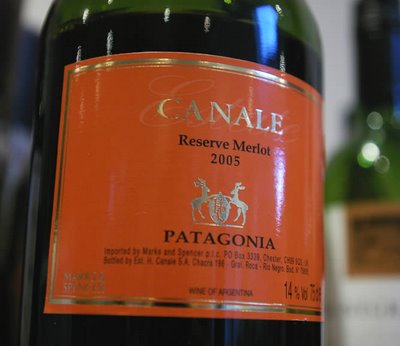
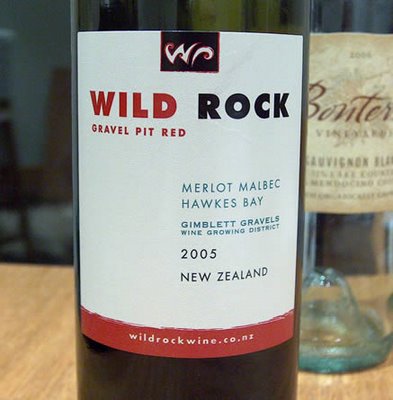
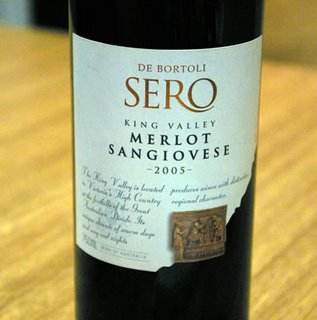

 The web log of wine journalist Jamie Goode. Feel free to nose around; your comments are welcome
The web log of wine journalist Jamie Goode. Feel free to nose around; your comments are welcome 
